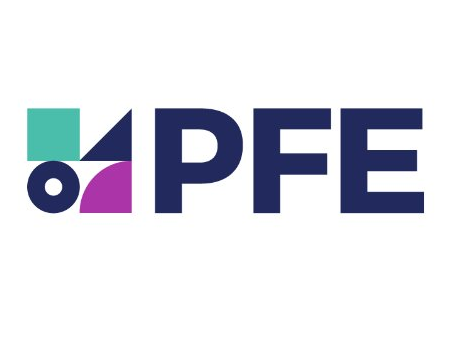A new report from People For Education reveals what its authors describe as ongoing challenges in a number of areas in the province, including demands created by competing and overlapping provincial initiatives, regional inequities and growing gaps in schools' fundraising.
It says northern Ontario is particularly impacted by a government funding formula that does not respond well to the needs of smaller schools.
The findings are based on surveys that were mailed to principals in every publicly funded school in Ontario last fall.
People for Education is an independent charitable organization that conducts research and makes policy recommendations related to public education in the province.
In a news release on Monday, it said school boards receive most of their funding based on enrollment, and its survey suggests that this puts boards with a large number of smaller schools at a disadvantage when it comes to specialized staff.
Only 52 per cent of Ontario elementary schools have a teacher-librarian, compared with 80 per cent twenty years ago. But there is a stark disparity in northern Ontario, where only 11 per cent of elementary schools have teacher librarians.
Across the province, just 23 per cent of elementary schools have guidance counsellors, with the comparable figure in northern Ontario being 11 per cent. People for Education says multiple overlapping policies and initiatives that include a range of responsibilities for guidance counsellors have also created a lack of clarity around their role and a strain on guidance resources.
Northern Ontario shows poorly in other areas as well: 46 per cent of elementary schools in the region have no psychologist services available, compared with 1 per cent in the Greater Toronto Area; 62 per cent of schools in the GTA have a music teacher compared with 24 per cent in northern Ontario; 73 per cent of Toronto-area schools have a health and physical education teacher compared with 30 per cent in the north; 90 per cent of GTA schools have a full-time special education teacher, whereas the figure in northern Ontario is 60 per cent.
The report also singles out as a cause for concern "widening gaps" in fundraising by schools. With fundraising deeply entrenched in Ontario's public education system (98 per cent of elementary schools engage in this activity,) the median amount raised in central Ontario schools is $10,000, twice the amount raised in northern schools.
Authors of the report did find improvements in indigenous educational opportunities, reflecting the province's commitment to implementing the calls to action from the Truth and Reconciliation Commission. More than two-thirds of all public elementary and high schools now offer indigenous education, where less than half did in 2014.
Recommendations for further government action one that reflects the group's concern about inequities in education in northern and rural Ontario. People for Education says it is urgent that the province substantially revise the current school funding formula to provide equitable support for students no matter where they live.
